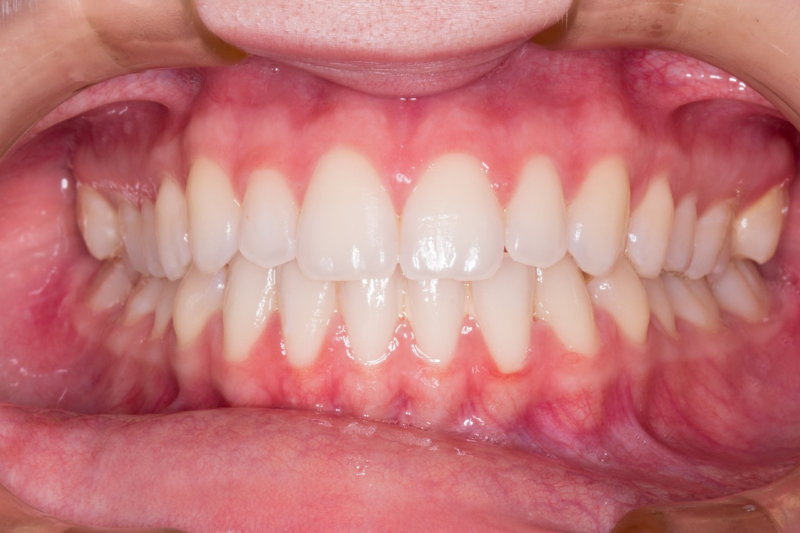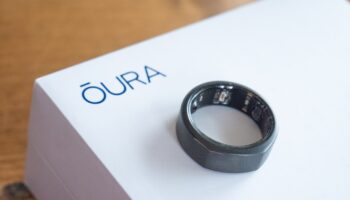Bridges For Teeth – Are They Right For You?
Are teeth bridges the right solution for you? Learn how they work and how they can improve your smile. Learn about Maryland bridges and cantilever bridges. Both are great options for replacing missing choppers and will restore your bite.
Both Maryland and traditional bridges use bonding resin to hold your dentition in place. And learn how to compare the cost of fixed dental prosthesis and determine which one is best for you. You’ll be surprised by the results!
The Cantilever Type Causes Bone Loss
Cantilever bridges are a viable option for replacing a missing tooth. They preserve natural tooth structure and involve fewer choppers. As long as the natural choppers and gums are healthy, these bridges are extremely durable. They do require a high level of oral hygiene, as they require regular brushing and flossing. They are reversible and require no anesthesia. The advantages of using a cantilever bridge are well worth the drawbacks, however.
Another advantage of cantilever bridges is that they are less likely to lead to bone loss than other types of bridges. The American Dental Association estimates that the average adult has three missing choppers. A fixed bridge, on the other hand, is a non-removable prosthetic device. It can be used in place of dental implants or Maryland bridges. Cantilever bridges are a popular option for replacing a single missing tooth.
The main disadvantage of a cantilever is that they are unsuitable for patients with an underbite. They are susceptible to uneven pressure and can loosen over time. Additionally, they can cause bone loss, so you should avoid having them installed on your dentition unless you have a high risk of bone loss. A cantilever bridge is not a good option for back choppers, as it can loosen over time.

Traditional Types Restore Bite
While fixed dental prosthesis are a great way to fix the appearance of your smile and replace missing choppers, they also have a few drawbacks. Learn about these risks and benefits. Before you decide whether fixed dental prosthesis are right for you, contact your dentist to schedule a consultation. A consltation is the first step toward restoring your bite.
After your dentist has evaluated your smile, he or she will recommend the type of bridge that will work best for you. Traditional types usually take about two weeks to adjust to your mouth. After the first few days, you should notice that they feel completely natural. Although they are temporary, the natural choppers that anchor the bridges can sometimes become sensitive to hot and cold foods.
While fixed dental prosthesis can last as long as ten years, they are not as durable as implants. With proper care, however, fixed dental prosthesis can last much longer. This is particularly important if you have extensive decay or gum disease. The bridge will likely need to be replaced sooner or later.
The Maryland Type Secures Teeth
A Maryland bridge, also known as a resin-bonded bridge, is a type of permanent procedure. It replaces a missing tooth and relies on natural choppers on either side of the gap for support. Instead of using dental crowns, a Maryland bridge uses a metal or porcelain framework to attach the replacement dentition to the abutment choppers. This type of bridge does not require enamel removal from the abutment choppers, making it a more conservative alternative.
Since the Maryland bridge does not use dental crowns, it is typically used to replace front dentition with lower biting force. This type of bridge is also more conservative and is not suitable for deep overbites. Traditional Maryland types featured metal wings and porcelain pontics, which caused darkened enamel and a gray tint.
In addition, the supporting choppers are chemically etched and secured to the bridge using a biocompatible bonding resin. This method is similar to that of traditional Maryland types, but can be used in patients with periodontal disease.

Cost of the Procedure
The cost of fixed dental prosthesis can vary widely depending on the type you need. The traditional one is supported by one or two choppers, while an implant-supported bridge requires one or more dental implants which you can see a comparison of by clicking the link. In both cases, the dentist will charge a fee that will cover the costs of the implant placement, the abutments, and the procedure.
In some cases, a dentist may charge more for one than for a dental implant, but that amount will be minimal compared to the cost of an implant-supported bridge. When determining the cost of one, you should consider your dental insurance coverage. Some plans cover 50% of the cost of fixed dental prosthesis after a certain waiting period.
In many cases, however, your insurance will only cover the cost of a partial bridge. However, if you plan on getting dental insurance for the first time, you should also consider whether or not your current dental insurance plan covers the cost of one.

Alternatives
A fixed dental prosthesis can help you restore your smile and prevent self-consciousness about missing choppers. They can fill in the space and keep surrounding dentition from leaning in and changing your bite. When properly maintained, a bridge can last many years, but they can also fail due to decay of natural choppers next to the bridge, or the cement used to secure the bridge to the surrounding choppers.
Depending on your situation, there are several options for replacing missing teeth. Traditional dental bridges are available to patients with one to three consecutive missing teeth. You can learn about other types of dental bridges here: https://en.wikipedia.org/wiki/Bridge_(dentistry). During this procedure, the neighboring choppers will support the bridge and must be in good health.
Additionally, the neighboring choppers must be free of gum disease to avoid affecting the bridge. An implant-supported dental bridge provides more stability and can even be used when one tooth is missing. If you have more than three teeth missing, you may want to consider implant-supported fixed dental prosthesis as an alternative.






